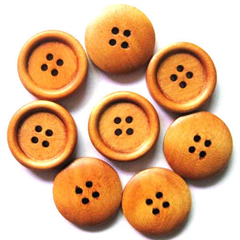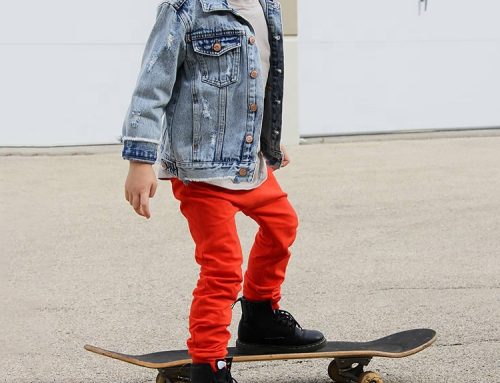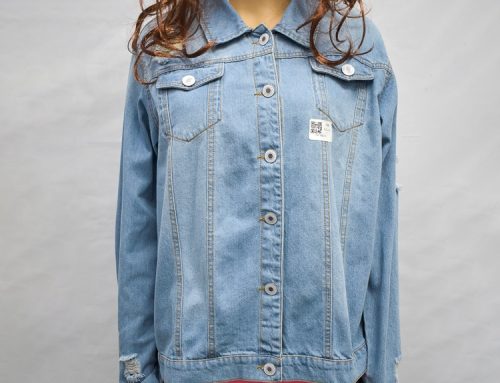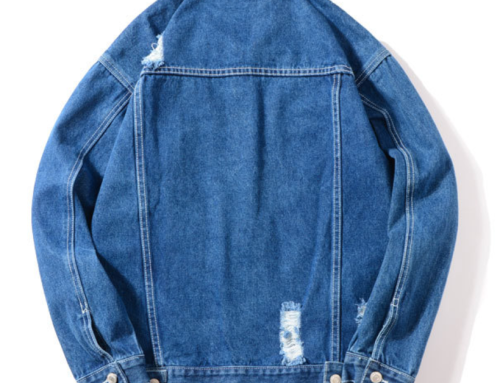The choice of winter jacket material depends on your specific needs, preferences, and the level of cold weather you’ll be facing. Here are some common winter jacket materials along with their characteristics to help you determine what might be best for you:
- Down:
- Pros: Excellent warmth-to-weight ratio, highly compressible, and very effective at trapping heat. Provides lightweight insulation.
- Cons: Can lose insulation properties when wet, takes time to dry if it gets damp, and requires special care.
- Best For: Extremely cold and dry conditions where staying warm is a priority.
- Synthetic Insulation:
- Pros: Retains warmth even when wet, dries quickly, and is often more affordable than down. Some synthetic materials mimic down’s lightweight feel.
- Cons: Generally less compressible than down and might not provide the same level of warmth.
- Best For: Wet and humid conditions, or if you’re looking for a more budget-friendly option.
- Wool:
- Pros: Natural insulation that retains warmth even when damp, breathes well, and has a classic look. Can be very stylish and versatile.
- Cons: May be heavier and bulkier compared to other materials, and can be less wind-resistant.
- Best For: Cold, dry conditions where style and natural fibers are important.
- Fleece:
- Pros: Soft and cozy, breathes well, and wicks moisture away from the body. Often used as a mid-layer for added insulation.
- Cons: Can be less effective in very cold and windy conditions on its own.
- Best For: Layering in cold weather, especially for active pursuits.
- Gore-Tex and Waterproof Fabrics:
- Pros: Waterproof and windproof, keeping you dry and warm in wet and harsh conditions. Some variations also offer breathability.
- Cons: Can be less insulating on their own, and some waterproof jackets might not be as breathable as desired.
- Best For: Wet, rainy, and snowy conditions where staying dry is a priority.
- Faux Fur:
- Pros: Provides warmth and a luxurious look, cruelty-free alternative to real fur.
- Cons: Might not be as warm as other insulated materials, might require special care.
- Best For: Adding a stylish touch to your winter ensemble.
Ultimately, the “best” material depends on factors like the climate you’ll be facing, your personal preferences, and how you plan to use the jacket. Many winter jackets combine different materials to provide a balance of warmth, insulation, breathability, and style. It’s also essential to consider the jacket’s construction, including features like seam sealing, zippers, and hood design, as these contribute to overall performance in cold weather.






